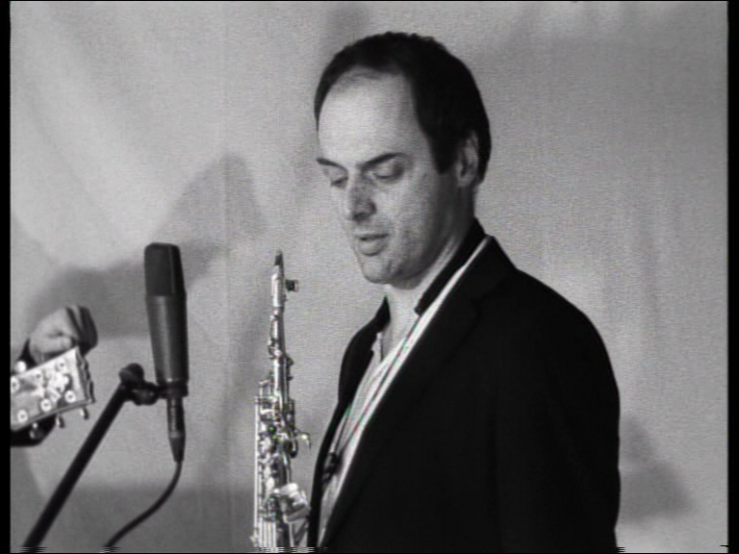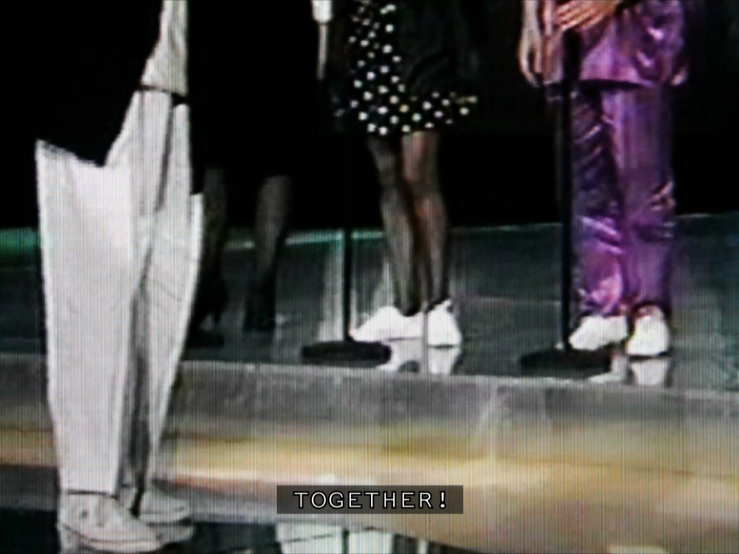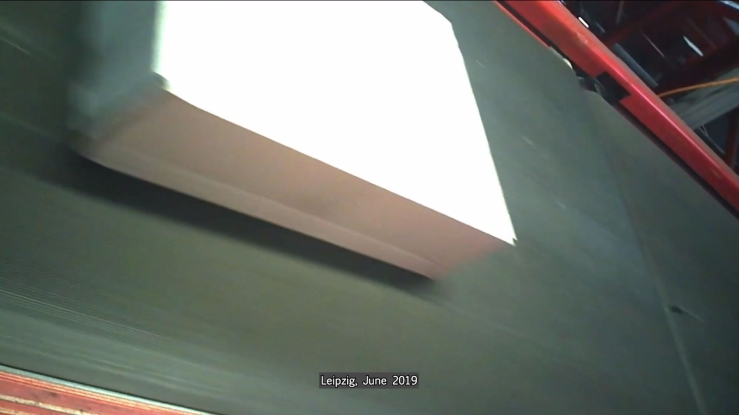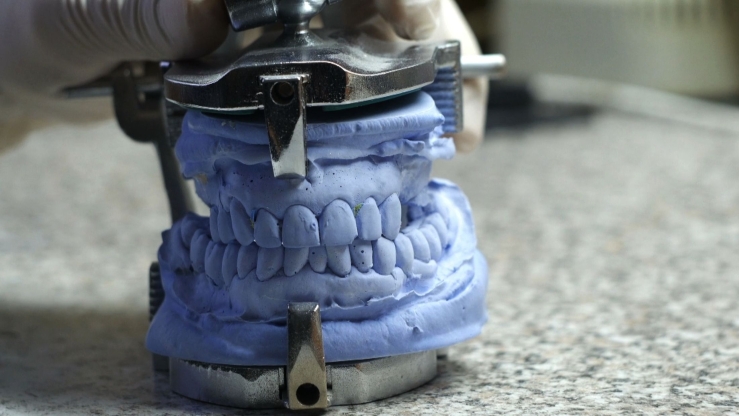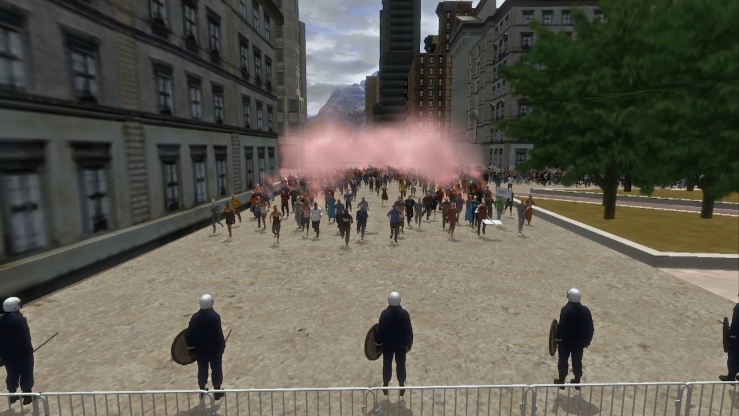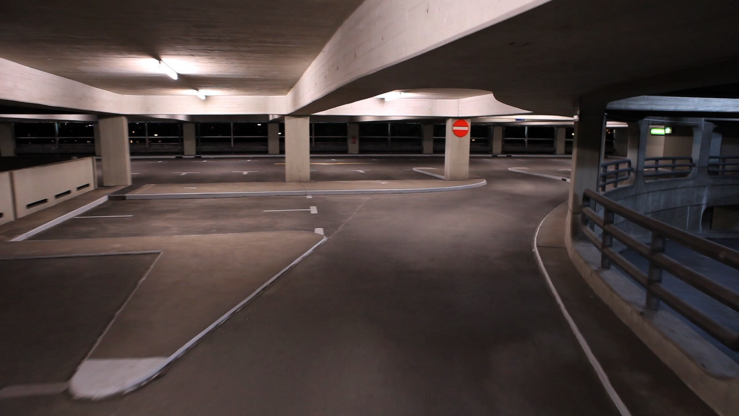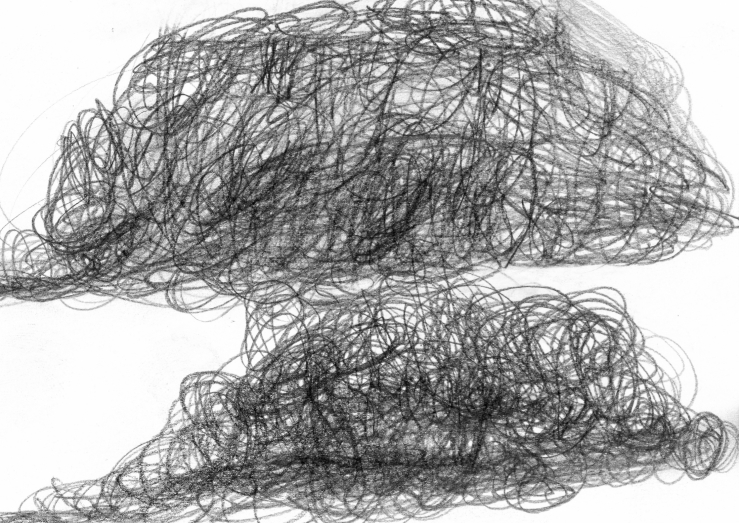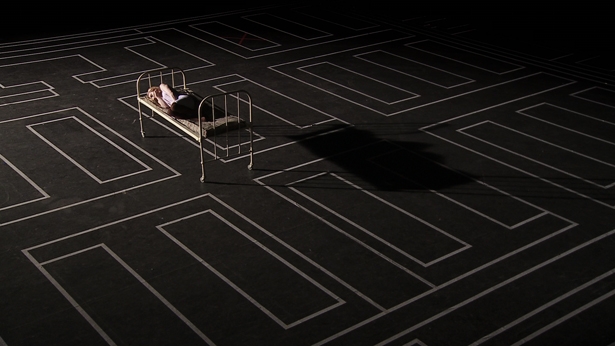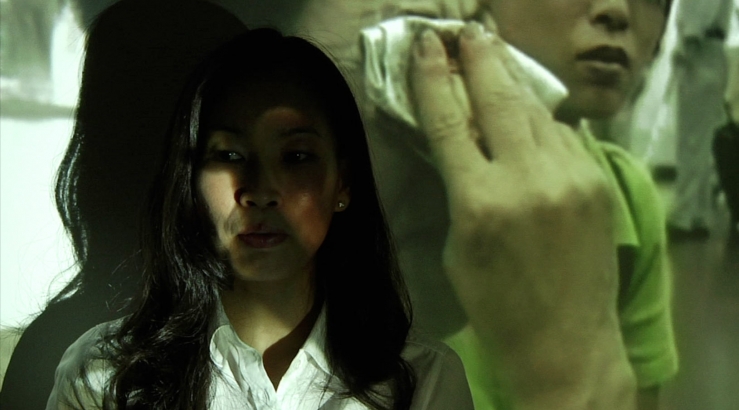Disposables
In the film Disposables, an anonymous narrator attempts to give an account of his observations during and after a political uprising. Ultimately, his attempt to process and write down his diary-like fragments of memories ends in failure. In addition to the dystopian descriptions of the voiceover, we see fourteen performers dressed in muted colors in a brightly lit white room. The performers don’t simply illustrate what is being said; rather, their drastically slowed-down physical movements build up associative connections with the spoken words. If at the beginning they seem to be frozen in the moment of falling, struggling to keep their balance, by the end, they resemble a fixed arrangement of sculptures. The constructed body images connect up with the fictitious reports, operating both inside and outside of the narrative.
In her work, Sanaz Sohrabi investigates the role of the photographer and the documentary character of photography. She explores the contexts which give rise to motifs, making use of the typical gestures of political photography, manipulating the story behind the photo, and staging anew the immediate build up or aftermath of the moment.
Disposables also addresses how personal memories are taken up into the collective memory of a whole society, and how these memories are both assimilated and instrumentalized by institutions. The work draws our attention to the fleeting character of our experience, and its minimalistic approach calls on the viewer to play an active role. Disposables opens up a large space for contemplation and interpretation. It is an invitation to make use of our own imaginations. (Justus Lambrecht)
About the video
About the artist
- 1988 in Teheran, IRI.
Studied at the University of Teheran, IRI, and at the School of the Art Institute of Chicago, USA

